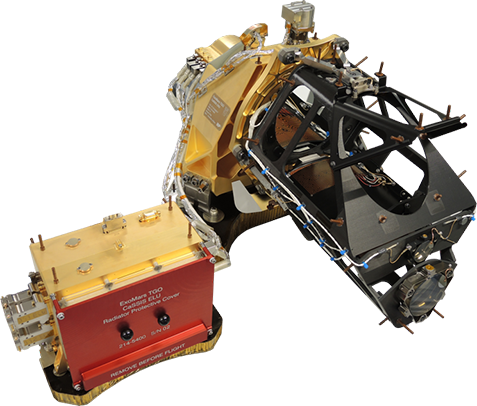
Welcome to the web site of the Colour and Stereo Surface Imaging System (CaSSIS) built at the University of Bern.
If you are looking for information about the ExoMars Trace Gas Orbiter mission to Mars or want to learn more about CaSSIS please visit the instrument page.
Should you be interested in the scientific research underway with CaSSIS, or want to download data for scientific purposes please visit the science page. You can use the images released here under the Creative Commons Licence (CC BY-SA 3.0 IGO). CaSSIS images should be credited to ESA/Roscosmos/CaSSIS and other images on the site are Credit: Uni Bern.
Media information can be found on the press page. Contact us to learn more about our team.




